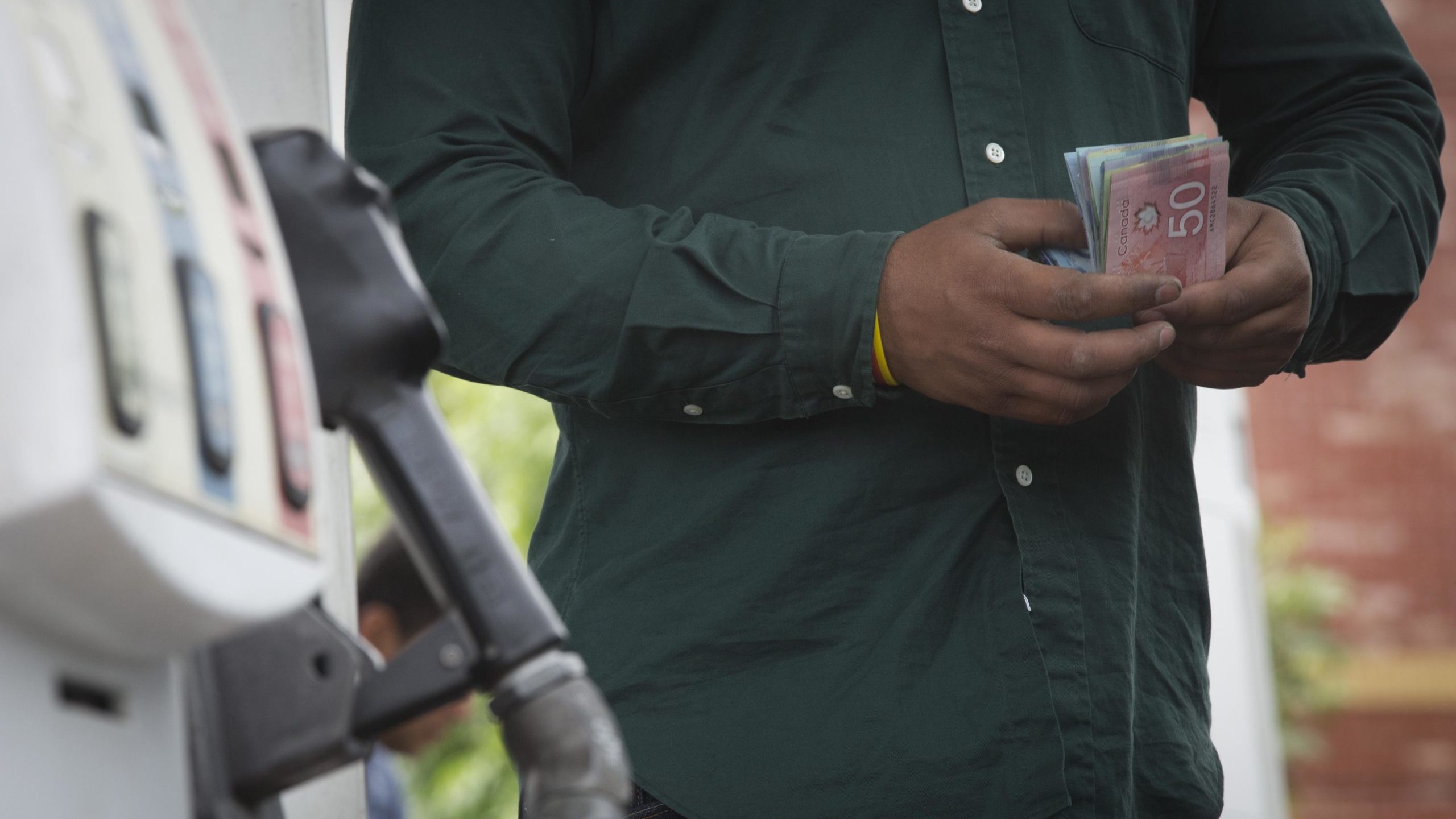
With the exception of a few blessed spots in southern Ontario and southern British Columbia, Canada is a cold northern country. That means that for six months of the year or more, snow can pile up on streets, highways, your driveway, and condominium and apartment exit ramps. And if one takes a trip beyond urban Canada any time of the year, it sometimes helps to have a sturdy vehicle that manoeuvres well on mountain roads in case of a late or early-season snowfall.
Which might explain, along with work necessities for many Canadians – such as hauling tools and equipment – why four of the five most popular vehicles in Canada are either trucks or SUVs: Many people need a vehicle that beats back winter and can haul their kids to hockey, and much else.
An inconvenient fact: The most popular vehicles in Canada will be paying much more in carbon taxes in coming years compared to now. And that will be on top of existing federal, provincial and local gasoline taxes.
To be specific, the five most popular vehicles in Canada in 2019 (we’re skipping 2020 data as it was the pandemic year), were the: Ford F-150 (145,064 of these were bought by Canadians); Dodge Ram 1500 (96,673); Toyota RAV4 (65,248), Honda Civic (60,139), and Honda CR-V (55,859).
In 2019, almost 433,000 of those five vehicles sold in Canada in total. Two of those are trucks and two are SUVs with just one (the Civic) a car.
As with most vehicles, excepting a few e-versions, those five top sellers and all others need gasoline or diesel. That also means Canadians from coast-to-coast pay federal and provincial gasoline taxes at the pump. In some cities, local taxes are also piled on.
More recently, federally, the carbon tax has also been applied at the pump at 8.8 cents a litre in all provinces where a provincial carbon tax is not in play. (In British Columbia, the rate is slightly higher at 9.96 cents per litre under the B.C. carbon tax regime.)
As announced in 2020, that federal carbon tax at the pump will more than quadruple over the next nine years from 8.8 cents per litre, to 39.6 cents.
What does that mean for the five most popular vehicles in Canada and their carbon tax “payout” at the pump?
Here’s the rundown of current annual fuel costs for all five vehicles and the present carbon tax costs compared with what owners of such vehicles will pay in the future. These are national, annual averages, and the carbon tax increase (from 8.8 cents per litre to 39.6 cents) is a 350 per cent increase in that tax.
Ford F-150 and Dodge Ram 1500 drivers now pay $3,931 in fuel costs annually, with $257 of that due to the carbon tax. When the carbon tax is nearly 40 cents per litre, those drivers will pay $4,832 with $1,158 in carbon taxes. That’s a $901 increase.
For those who cruise in a Toyota RAV4, you’re paying $2,654 annually now in fuel costs, including $174 in carbon taxes. In 2030, your annual fuel costs will be $3,263, with $782 in carbon taxes. That’s $608 higher.
If you drive a Honda CR-V, the numbers are similar: $2,587 in annual fill-up costs now, including $169 carbon tax costs. When the carbon tax rises to nearly 40 cents per litre, you’ll pay $3,180 annually, or $593 more.
The increase in the carbon tax from 8.8 cents to almost 40 cents per litre will affect the Honda Civic the least, but it will still be substantial. At present, Honda Civic drivers pay $2,453 annually in fuel costs, with $161 of that the carbon tax. By 2030, annual gasoline costs for that Civic will be $3,015, with fully $723 of the bill due to the increased carbon tax. That’s $562 higher.
A few caveats: All this assumes a steady price in base fuel costs. That is unlikely. As oil companies are pressured to exit the business over the next decade, per barrel costs will likely rise. (Similar demand chasing fewer barrels leads to higher prices).
Also, while the increase in carbon tax costs might be partly offset by increased government rebates, that’s yet to be determined. Increasing carbon tax rebates would in fact be counter to the underlying justification offered up by governments who impose carbon taxes: Hike carbon taxes to discourage driving and other carbon-intensive activities.
In addition, none of the above includes the effect of the so-called Clean Fuel Standard which if imposed in future years, will add 15 cents a litre in for gasoline according to calculations from Canadians For Affordable Energy.
Lastly, our estimates of higher fuel costs assume a 2021 to 2030 comparison. The rise in carbon taxes could start before then so annual costs start to rise sooner. It is also possible the full 350 per cent increase in carbon taxes at the pump could be enacted earlier than 2030.
Mark Milke and Lennie Kaplan are with the Canadian Energy Centre, an Alberta government corporation funded in part by carbon taxes. They are authors of the report Up to 350 Per cent Higher at the Pump by 2030: The Impact of Higher Carbon Taxes on Gasoline Prices.
The unaltered reproduction of this content is free of charge with attribution to Canadian Energy Centre Ltd.